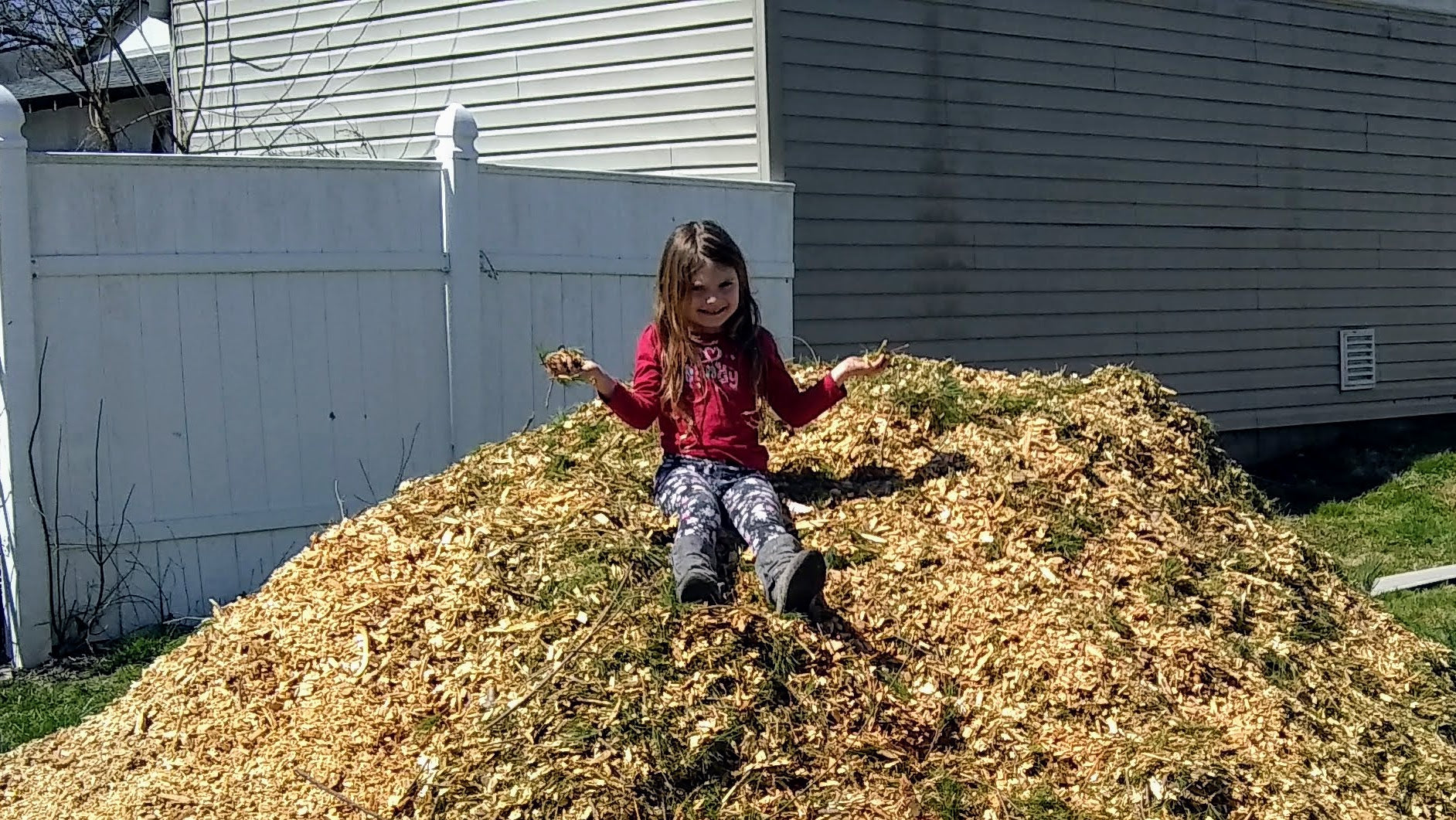Understanding the Difference
When diving into the realm of mushroom cultivation, one quickly discovers the necessity of understanding and differentiating between two pivotal processes: sterilization and pasteurization.
These techniques not only determine the quality of the produce but also play a significant role in the yield. But which method is superior? Does one outweigh the other? Let's plunge into the details.
*Note: This blog is focused on fruiting substrates. Grains and culture media should be sterilized. Pasteurization methods will not thoroughly prepare them.

The Basic Principles
- Understanding Sterilization Sterilization is the complete elimination or destruction of all forms of microbial life. It's the process of treating the substrate to ensure no living organisms are present, thus giving mushrooms an uncontested environment to grow in.
- Getting to Know Pasteurization Pasteurization, named after Louis Pasteur, is a less intense process. It aims to kill potential pathogens without entirely eradicating all microbes. This method maintains some beneficial microorganisms that can aid the mushroom cultivation process.
The Role in Mushroom Cultivation
- Sterilization's Dominance Sterilization ensures a sterile environment. For some mushroom types, this uncontested environment can be essential for their growth, especially for species that are not naturally dominant.
- The Balanced Approach to Pasteurization By not killing all microbes, pasteurization often leaves behind beneficial microbes. These friendly microorganisms can outcompete harmful ones, ensuring a healthy cultivation environment for many mushroom strains.
Tools and Techniques
- Common Sterilization Methods Sterilization in mushroom cultivation can be achieved using methods like autoclaving or pressure cooking. These techniques ensure the substrate reaches a high enough temperature to kill all microbial life.
- Pasteurization Procedures Heat treatment in hot water baths or using steam is a popular pasteurization method in mushroom cultivation. This ensures that harmful pathogens are killed, but beneficial microbes remain.
Pros and Cons
- Advantages of Sterilization A sterile environment means there's no competition. It can be especially beneficial for cultivating mushroom strains that require specific conditions or are sensitive to competing organisms.
- Downsides of Sterilization The main drawback is the energy and time required. Additionally, if contamination does occur post-sterilization, the substrate can quickly become overrun.
- Benefits of Pasteurization With beneficial microbes present, there's a natural defense against harmful pathogens. It also requires less energy than sterilization.
- Limitations of Pasteurization There is always a chance that harmful microbes will survive the process, which could result in substrate contamination if beneficial organisms do not outcompete them.
Impact on Yield and Quality
- Sterilization's Effect on Yield Certain mushroom strains, when grown in a sterile environment, can produce a higher yield because there's no competition for resources.
- Pasteurization's Influence on Mushroom Quality Mushrooms cultivated on pasteurized substrates often have a robust defense mechanism, as they grow with friendly microbes. This can lead to better resilience and quality.

Safety Considerations
Mushroom cultivation involves dealing with fungi, some of which can be harmful. Sterilization can offer an additional layer of safety, ensuring that no harmful pathogens remain.
On the other hand, pasteurization, if not done correctly, might leave behind some potentially harmful organisms.
Cost Implications
Sterilization equipment, especially autoclaves, can be expensive. The energy consumption during the process is also higher compared to pasteurization.
Thus, for small-scale cultivators or hobbyists, pasteurization might be a more cost-effective method.
Environmental Concerns
Given the rising concerns about our carbon footprint, it's essential to consider the environmental impact of these processes.
Sterilization, due to its higher energy requirement, has a more significant environmental footprint compared to pasteurization.
Choosing the Right Method for You
Deciding between sterilization and pasteurization largely depends on the mushroom strain, scale of cultivation, budget, and personal preferences.
It's crucial to research and understand the specific needs of the mushroom species you aim to cultivate.
Future Trends in Mushroom Cultivation
With technology evolving, newer methods and hybrid techniques might emerge, combining the best of both sterilization and pasteurization.
It's an exciting time for mushroom enthusiasts and cultivators alike.
Expert Tips for Beginners
If you're just dipping your toes into mushroom cultivation, start with pasteurization. It's less energy-intensive and can be more forgiving for beginners.
As you gain experience, you can explore sterilization and its benefits for specific strains.
FAQs
- Why is sterilization necessary in mushroom cultivation? Sterilization is vital for certain mushroom strains that require a sterile environment free from competing organisms.
- How does pasteurization differ from sterilization? Pasteurization kills harmful pathogens without eradicating all microbes, leaving behind beneficial organisms. Sterilization aims to eliminate all microbial life.
- Is one method superior to another? Neither is categorically special. The choice depends on the mushroom strain, scale of cultivation, and individual preferences.
- Can I switch between the two methods? Yes, you can. However, always ensure you're meeting the specific requirements of the mushroom species you're cultivating.
- What are the main risks associated with these methods? The primary risk is contamination. Sterilized substrates, if contaminated post-process, can quickly get overrun. With pasteurization, there's always a slight risk of harmful microbes surviving.
- How can I decide which method is right for me? Research the specific needs of the mushroom strain you wish to cultivate. Also, consider factors like budget, scale of cultivation, and personal preferences.
Conclusion
Understanding the intricacies of Sterilization vs. Pasteurization in Mushroom Cultivation is paramount for anyone serious about producing quality mushrooms.
Both methods have their advantages and pitfalls. By arming oneself with knowledge, making an informed decision becomes more straightforward, ensuring optimal growth and yield.


Leave a comment